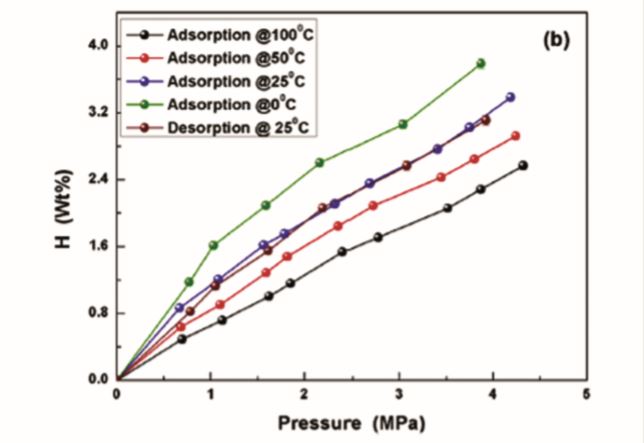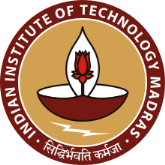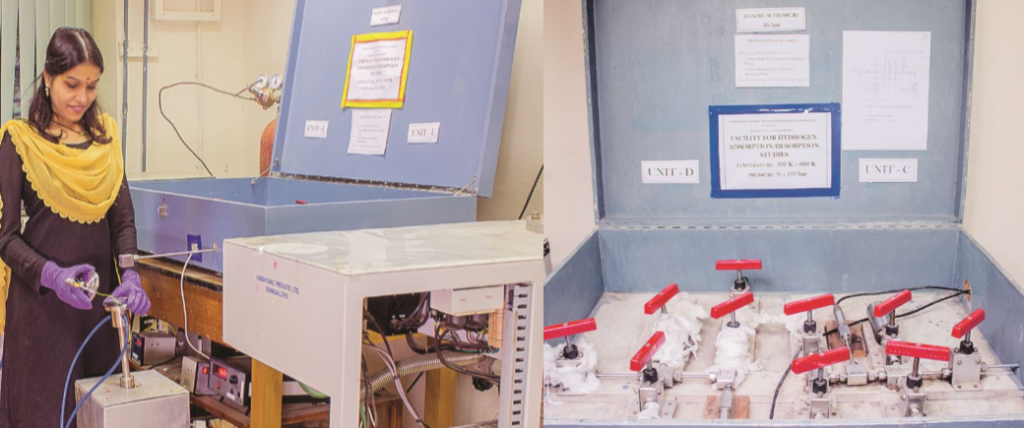
Production of Hydrogen by Photo-electrochemical methods
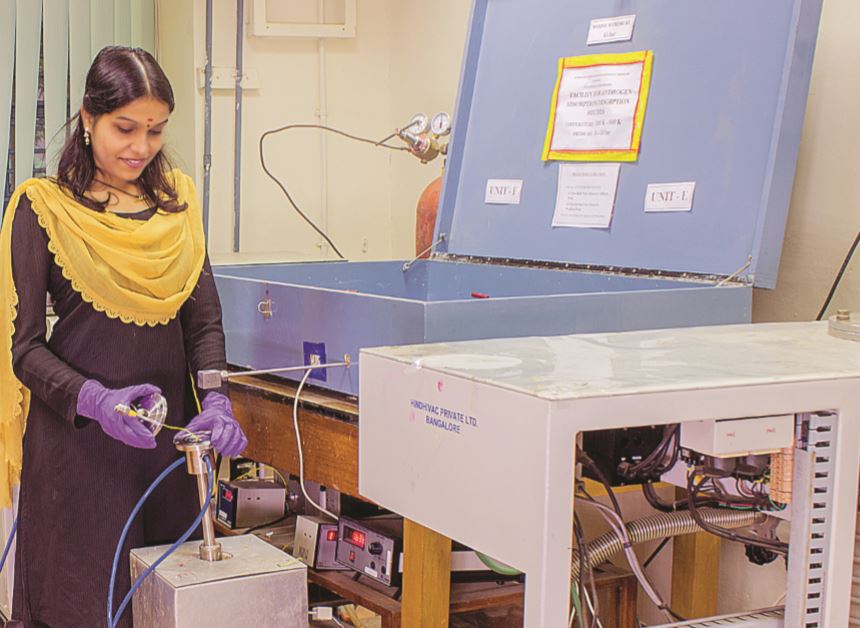
In a typical PEC cell, the semiconducting photoanode, on shining with light, develops holes and electrons thus causing reduction of water to genarate oxygen at anode and oxidation of H+ ions to generate hydrogen at cathode. An ideal photoanode material must be stable in the corrosive alkaline or acidic electrolyte medium, should have energy band gap such that “solar energy” is utilized to its fullest. Such materials have to be engineered upon due to the fact that the presently available materials are not suiting these requirements. At IIT Madras, a PEC hydrogen production setup has been developed and preliminary studies on TiO2 thin films, grown using reactive RF magnetron sputter technique at different substrate temperature, as photoanode material have been carried out. We are in the process of developing novel photoanode materials which can utilize the maximum solar energy.
Hydrogen in metals, composites and carbon nanotubes
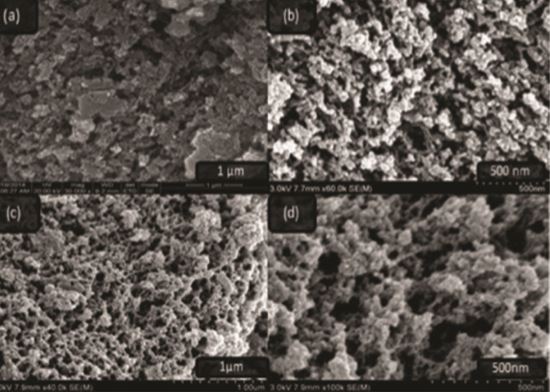
Design and development of metal hydride storage devices
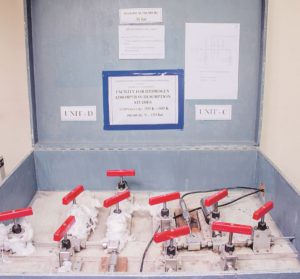
Diffusion of hydrogen in alloys
